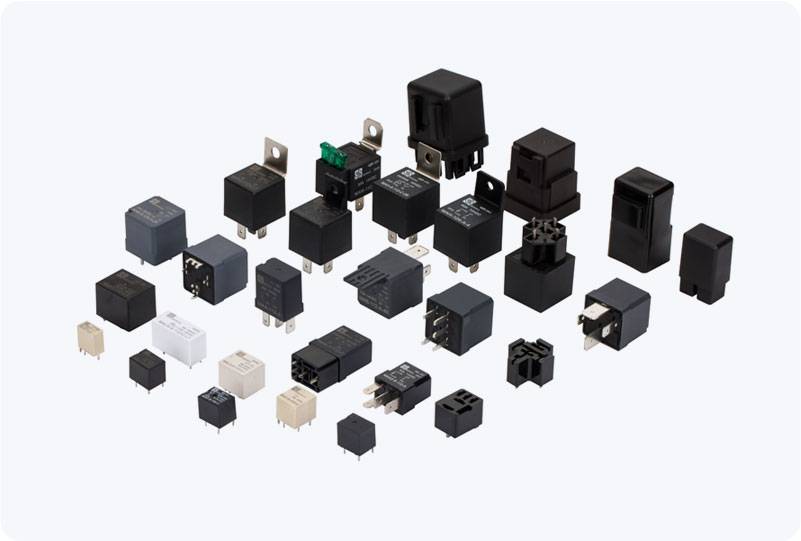A Battery Main Positive Relay plays a pivotal role in managing the power flow between a battery and its connected electrical circuits. It is a key component in applications such as electric vehicles (EVs), renewable energy storage systems, and other energy storage technologies. The primary function of this relay is to act as a safety and control mechanism for the battery’s main power supply, regulating the flow of current to ensure both operational efficiency and safety.

What is a Battery Main Positive Relay? A Battery Main Positive Relay is an electrical switch used to control the main positive terminal of a battery in various electrical systems. By using this relay, the flow of current from the battery’s positive terminal can be easily switched on or off. This relay is typically designed to handle high-voltage and high-current conditions, which are common in applications like electric vehicles or large-scale energy storage solutions. When the relay is in the “closed” position, current flows freely from the battery to the connected system. When in the “open” position, it disconnects the battery from the system, effectively stopping the flow of current and preventing any power draw or potential issues.
Leave a Reply
You must be logged in to post a comment.